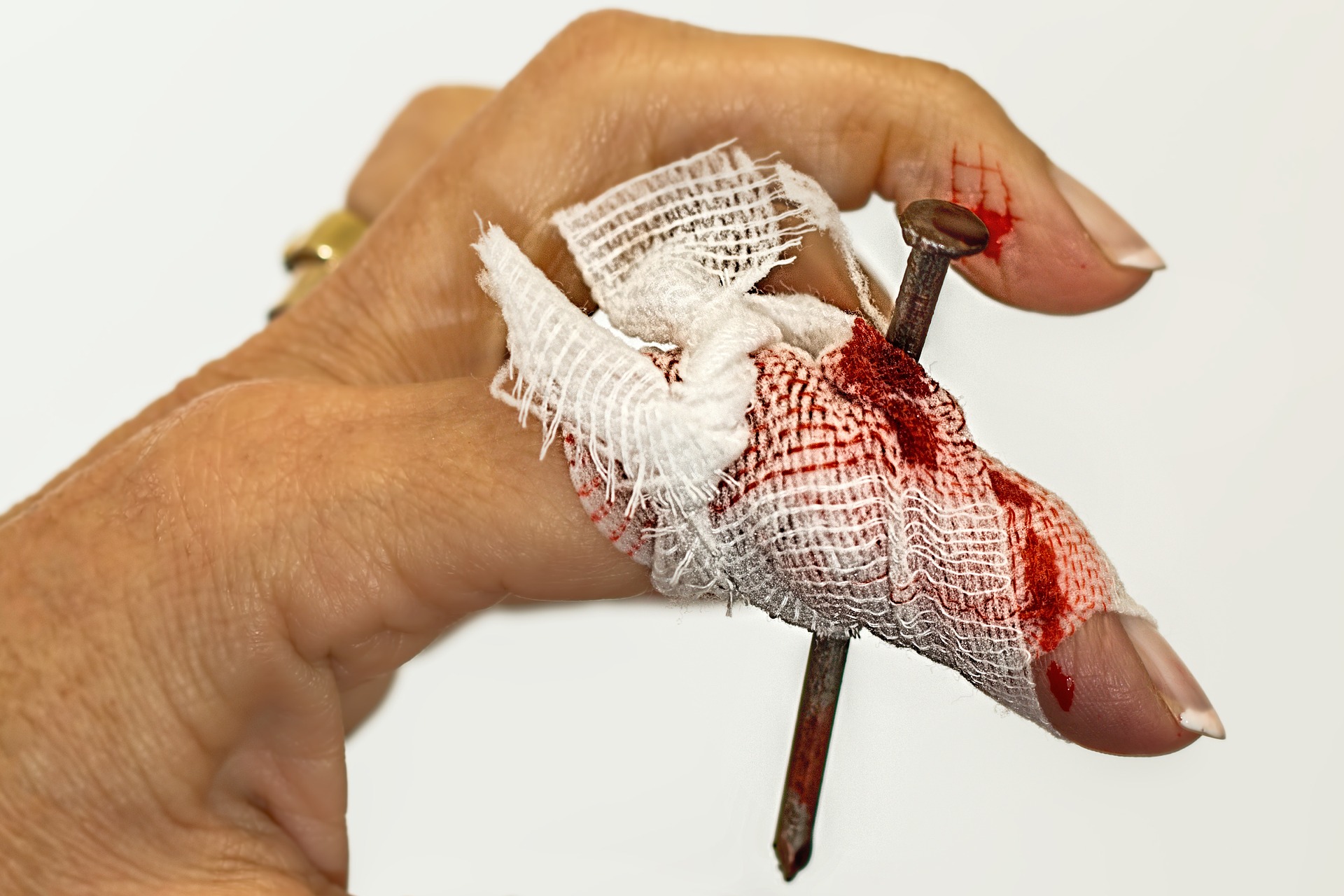It’s critical to learn and maintain basic first aid skills so that you can assist someone who is injured or in distress during an emergency, until professionals can step in to resolve the crisis. Below are some crucial first aid skills that will help you in any environment: at home, work, school, or in public. Make sure you receive first-aid training and certification before attempting any of these.
Disinfection and Dressing Wounds
The first step with any cut, gash or scrape is to stop the bleeding. Apply pressure with a compress, and with a bigger wound above chest level, lift the body part that is bleeding above the heart to slow the bleeding. Use a disinfectant to thoroughly clean out the wound, or in a situation without access to disinfectant, some warm water. In a situation with extremely heavy bleeding, use sterile cloth or, in absence of that, a t-shirt or tie to staunch the blood flow. For smaller wounds, use gauze and apply a bandage of appropriate size to protect the area.
CPR
CPR, otherwise known as cardiopulmonary resuscitation, is critical to save the life of someone in cardiac arrest. If someone has stopped breathing, perform chest compressions by placing the heel of you hand at the chest and pressing down two or more inches, allowing the chest to raise back up before the next compression. Perform rescue breathing by pinching the nose, sealing your mouth around the victim’s, and giving big breaths over and over again, allowing the chest to fall between breaths. Repeat these cycles of 30 compressions and 2 rescue breaths until medical professionals can arrive.
Heimlich Maneuver
The Heimlich maneuver is used to help someone who is choking. Stand behind the person choking, wrap both arms around their midsection, and then place one fist between their belly button and ribs and the other hand on top of your fist. Provide a few quick jolts upwards with your fist to dislodge the object.
Treating Shock
Shock may seem like a minor issue, but it can be extremely serious when blood does not successfully flow to the brain. Shock can occur as a result of blood loss, an accident, injury, allergic reaction, or similar circumstances. Have the victim lay back and raise their feet up, to improve blood flow to the brain. Make sure the person is warm, and turn them onto their side if they are vomiting or coughing fluids or blood.
These first aid skills should help whether the situation is a workplace injury, a playground accident, or any other emergency. If you want to learn how to help others during a crisis, check out your nearest Red Cross CPR certification course. Pursuing a degree in emergency management can help you cultivate the skills needed to deal with circumstances involving injury and confusion. Regardless of what training you have, however, it’s important to stay aware of circumstances and delegate those around you to contact medical professionals. These first aid skills will help you avoid a more serious outcome, but the best result is to have doctors or paramedics step in during an emergency as soon as possible.
Photo credit: pixabay.com




